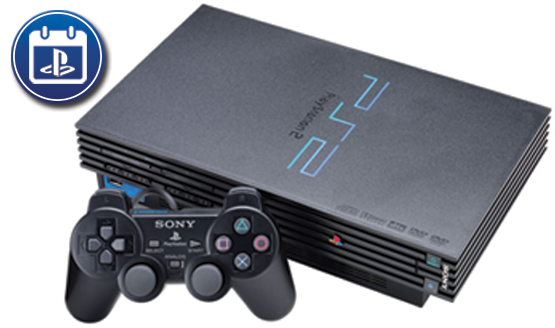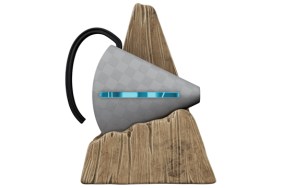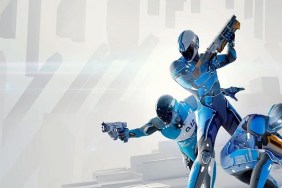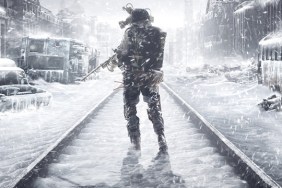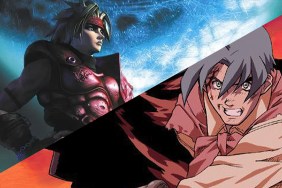Ask any PlayStation fan worth their salt about Sony’s console history and, specifically, which system they consider the most important — the one that signalled a watershed moment, if you will — and they’ll likely revert to the PS1.
More than two decades ago, the original PlayStation birthed a gaming ecosystem that continues to thrive to this day, with the PS4 Slim, PSVR and the oncoming PS4 Pro being the latest additions to the burgeoning family. But as this is October 26, our attention is drawn not to the trailblazing PS1, but rather its wildly successful big brother, the PlayStation 2. Welcome to This Day in PlayStation History, your window into the archives of all things PlayStation. In the time since this original feature began, we’ve placed the spotlight on entire franchises, industry icons, and bona fide gaming mascots in Sly Cooper and Crash Bandicoot. Now, 16 years after it first landed on these shores, it’s about time we ushered PS2 into the limelight.
So crack out those rose-tinted glasses and get ready to bask in some nostalgia. Cast your mind back to an era when 8MB memory cards were your most treasured possession; a time when booting up the system often involved praying to gods old and new that your scratched disc made it past that iconic PS2 start-up screen. Cue the Tiger Woods celebration.
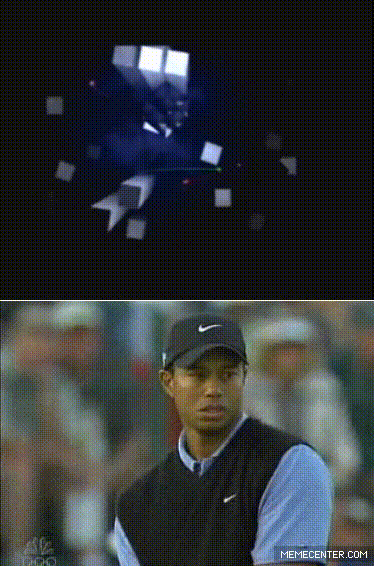
When PS2 touched down in the market at the turn of the millennium, it introduced the concept of backwards compatibility to the PlayStation faithful, ensuring that all those treasured libraries of PS1 games weren’t suddenly rendered redundant. Remember, this was in the years before the Internet and digital gaming became ubiquitous, meaning those who wished to collect and archive a slice of pixelated history had to do so the old-fashioned way.
Perhaps the major draw that helped fire PlayStation 2 into the stratosphere was the inclusion of a built-in DVD player, and though Sony tried to replicate that feat with the PS3 and Blu-ray years later, the fact that the PS2 was initially available for around the same price as a standalone DVD player expanded its audience far beyond the gaming industry.
That’s something its chief competetors struggled to come to terms with. One year on from the PS2’s launch, SEGA confirmed plans to discontinue the DreamCast only 18 months after it muscled its way into the market, opening up the field for Sony’s PlayStation 2 to become the only active piece of hardware in the sixth generation for a period of six months. Indeed it wasn’t until the advent of Microsoft’s Xbox and the GameCube that competition spiked and even then, thanks to the system’s strong head-start and developer support, PS2 fast climbed into a league of its own.
A League of Its Own
Truth be told, the 2000 launch library was fairly lacklustre — remember The Bouncer? — but by the following year, Sony had temporarily nailed down Grand Theft Auto 3 and Metal Gear Solid 2: Sons of Liberty as PS2 exclusives, ensuring it boasted the necessary software to see of its new hardware rivals. As time wore on, that strong lineup continued to grow and evolve, and the wildly successful console even hatched all-new PlayStation franchises in the name of Sony Santa Monica’s God of War, Ratchet & Clank, Jak and Daxter and the über-stylish Devil May Cry series.
By 2002, stirred by the Xbox’s online functionality, the Japanese platform-holder then launched a network adapter that allowed select first-party games — SOCOM: U.S. Navy SEALs included — to be playable online. It was, of course, fairly rudimentary by today’s standards, but it proved to be another example of Sony pushing the envelope with the PlayStation brand.
Though it’s become a hackneyed cliché by now, PS2 introduced the concept of a gaming device that could comfortably occupy the living room what with its built-in DVD player and massive library of games. The big question now is, can PlayStation 4 possibly emulate its runaway success? Early reports indicate that, at least based on the current sales trajectory, Sony’s current flagship hardware is well on course to break past 100 million units — a feat that’s only been achieved by five systems: the Wii, PlayStation, Game Boy and Game Boy Color, Nintendo DS and of course, the undisputed champion, the PS2.
It plateaued in the region of 155 million sales, and even if PS4 falls short of that eye-watering total, Sony boss Kaz Hirai believes that “it is likely that PS4 will become the platform which exceeds the profits earned with PS2.” And people said console gaming was dead and buried…
Capping off our rather nostalgic retrospective, we know that the PlayStation 2 remained in active production for the better part of 13 years, and continued to hold a strong presence across international markets — Brazil and South Africa, to name but two — long into the seventh generation. Alas, PlayStation 2 was officially discontinued across the globe on January 4, 2013, just a few weeks shy of the moment when Sony peeled back the curtain on the PS4. Good night, sweet prince. And flights of angels sing thee to thy rest!
This Day in PlayStation History is a new and recurring feature here on PlayStation LifeStyle that will be acting as your window into the archives of all things PlayStation — birthdays, anniversaries, milestones and more.
Underrated PS2 Gems You Probably Didn't Play
-
Underrated PS2 Games You May Have Missed
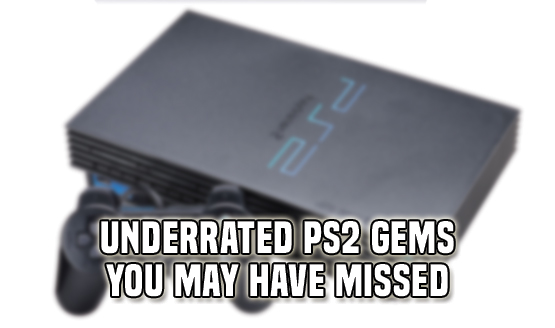
Did you play them all?
-
Ico
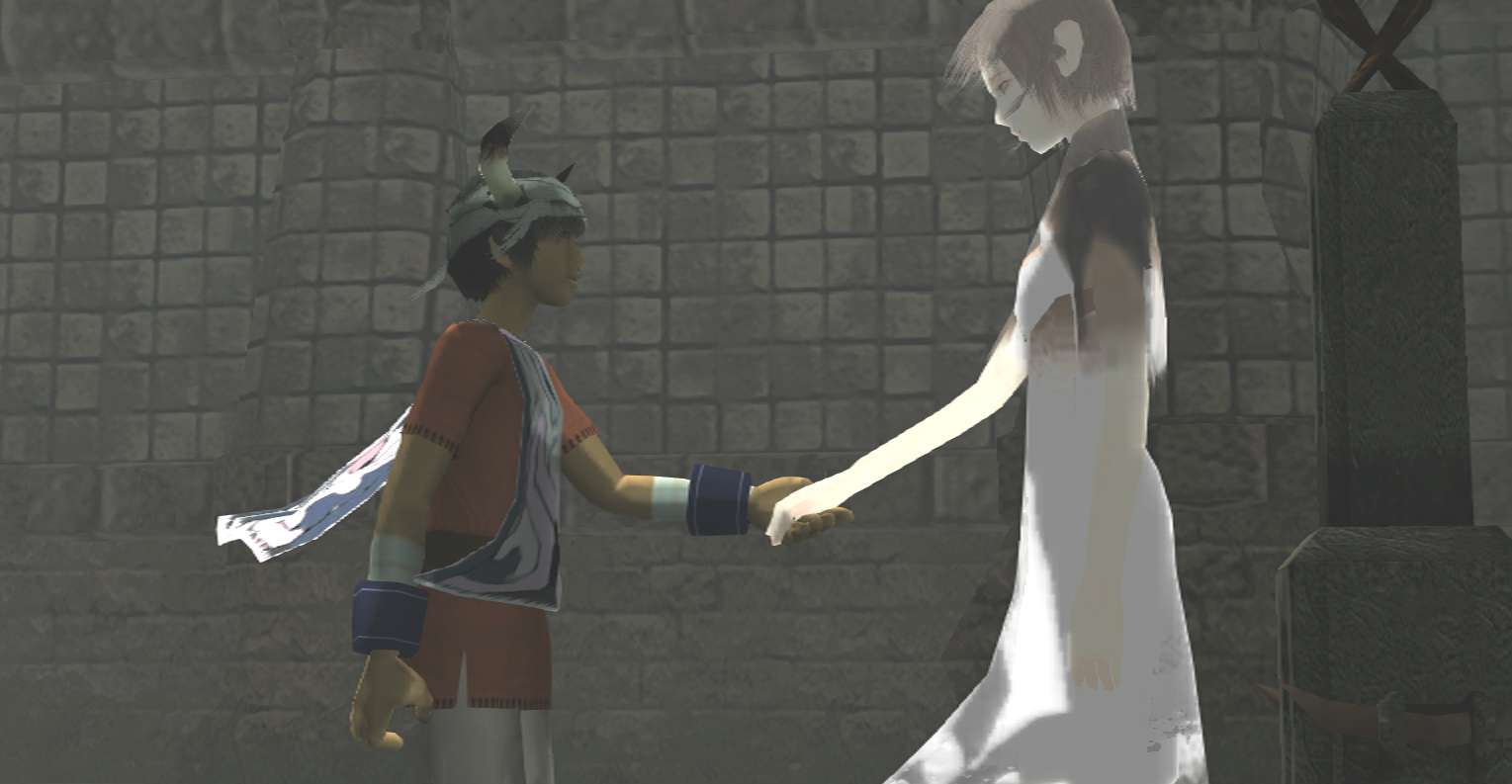
Action-adventure classic Ico was a huge hit among critics in 2001 but it didn't exactly fly off the shelves. The game puts you in control of a horned boy named Ico, who was locked up in an abandoned castle for his deformity and now needs to escape.
Here's how it works: you're supposed to escape with Yorda, a comely lass who's also imprisoned in the castle. To do this, you'll need to hold her hand as you pull her along with you. You'll solve puzzles along the way, get Yorda past obstacles, and protect her from shadow creatures.
The puzzles in Ico are pretty good, but they're not what make the game outstanding. Its genius is in the hand-holding mechanic, which gradually forges an emotional bond between you and Yorda.
If you haven't played Ico yet, make sure that you do. It has no explosions or gore, but it's one of the best experiences that the PS2 has to offer.
-
Shin Megami Tensei: Nocturne
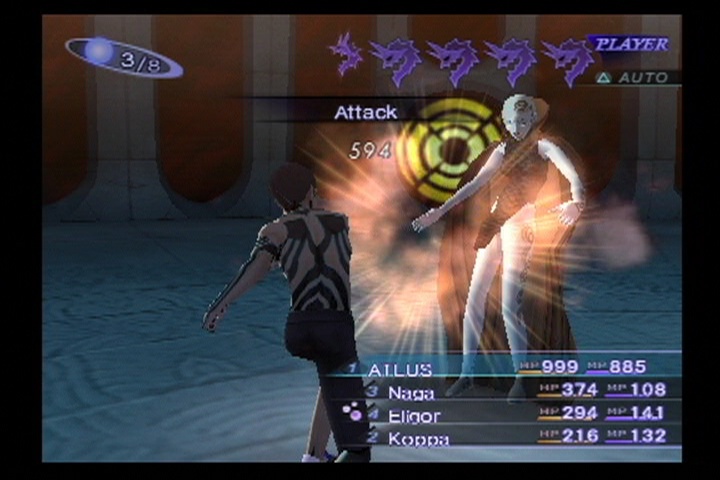
When speaking of Shin Megami Tensei, the first thing that usually comes to mind is the superb Persona JRPG series, which recently expanded into 2D fighting and rhythm. However, many seem to have forgotten or completely missed out on the equally brilliant Shin Megami Tensei: Nocturne, a moody, post-apocalyptic JRPG that uses notable concepts like:
- The Press Turn system, where attacking enemies using their weakness grants an extra move.
- Demon recruitment through conversation. What makes Nocturne's system interesting is the option to fuse together hundreds of demons in your roster to create new and better ones.
What's refreshing about Nocturne is that it isn't like your typical JRPG. The tone is mature; the monster design is unusual since they're based on actual cultures and religions; and you're not out to save the world. Here, you shape how the next world would be like with your decisions.
Nocturne sold pretty well in Japan, but wasn't a big hit in the west, which is possibly why you haven't heard of it. Fortunately, it's available as a downloadable PS2 classic at the PlayStation Network.
-
Klonoa 2: Lunatea's Veil
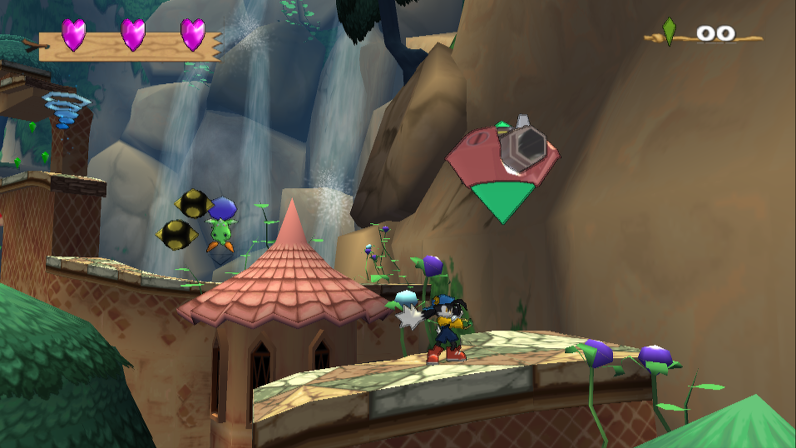
Other than its PS1 predecessor, there was nothing quite like Klonoa 2: Lunatea's Veil when it was released for the PS2 in 2001. The Klonoa games are 2.5D platformers, meaning you control the titular Klonoa on a 2D plane, but the environments are rendered in 3D graphics.
While the gorgeous, cel-shaded visuals are unmistakably enthralling, it's Klonoa 2's gameplay that propels it into the stratosphere. Klonoa 2 hones the platforming formula with smartly designed puzzles, imaginative levels, and clever mechanics such as:
- The ability to double jump by grabbing enemies in midair and tossing them into the floor.
- Interacting with the environment by hurling items/enemies into the background or foreground. Remember, Klonoa 2 is a platformer so this feature is uncommon in the genre.
Despite its critical acclaim, however, Klonoa 2: Lunatea's Veil didn't get the impressive sales numbers that other PS2 platformers like Ratchet & Clank or Jak and Daxter enjoyed, which is a shame.
-
Psi-Ops: The Mindgate Conspiracy
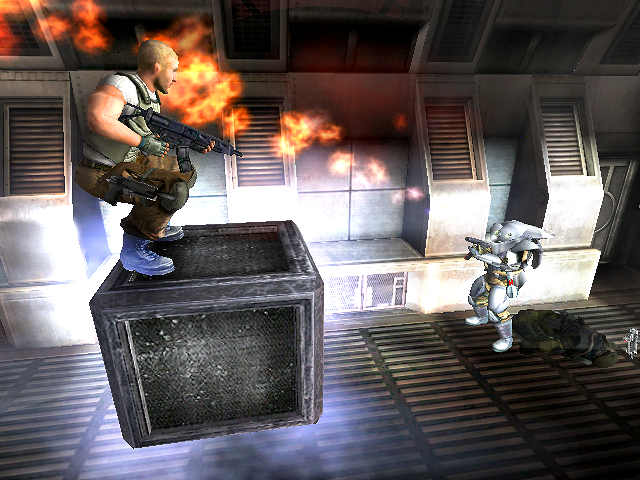
Forget The Force Unleashed. If you want a satisfying game that lets you move objects with your mind; produce flame with a wave of your arm; and hurl foes off cliffs or into exploding barrels, play Psi-Ops: The Mindgate Conspiracy, a third-person shooter made more exciting with psionic powers.
What sets Psi-Ops apart from other games that provide similar abilities is execution. In Psi-Ops, all powers remain useful throughout. Viewing adjacent rooms psychically, for instance, lets you plan your approach. Burning enemies to a crisp is a great alternative to shooting them so you conserve ammo.
More importantly, Psi-Ops is filled with inventive obstacles that make great use of those powers. As a result, the game never feels monotonous or easy; Psi-Ops is fun from start to finish.
Unlike The Force Unleashed, however, Psi-Ops had disappointing sales, so it's likely that fewer people were able to play it. Nevertheless, you shouldn't let this stop you; getting a copy of Psi-Ops is definitely worth the trouble.
-
Drakan: The Ancients' Gates
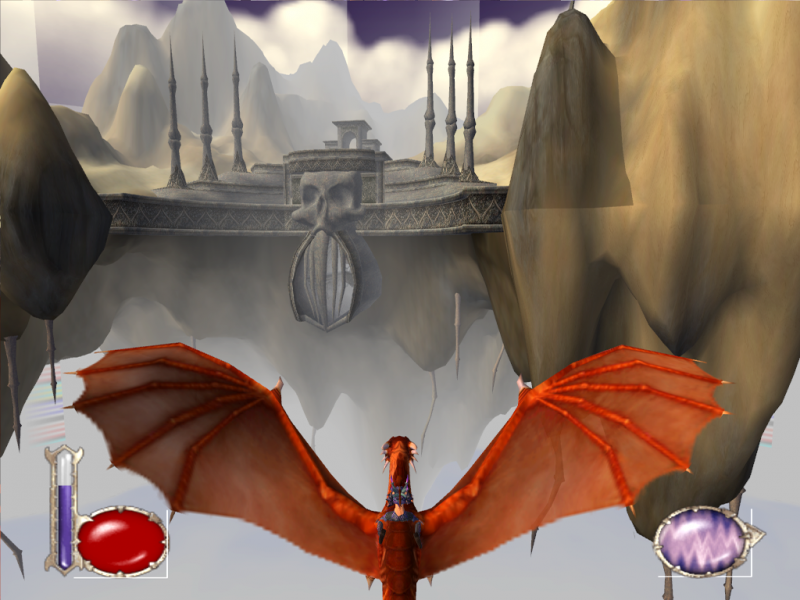
At first glance, Drakan: The Ancients' Gates may seem like a generic medieval-fantasy action RPG. It has dragons, sorcerers, dungeon crawling, and many other elements familiar to the genre. But if you can look past its conventional motif, you might be surprised with how the game actually plays.
The Drakan gameplay is divided into two parts: when you're on the ground, you control the warrior Rynn, who gets to combat nasties using a variety of melee weapons (e.g. swords, axes, maces), bows, and spells.
There are also times when you'll be riding Arokh, your dragon, who can soar through the air, traverse large distances with ease, and land anywhere, provided that there's enough space. Your reptilian companion is a joy to use: he breathes fire, casts spells, and is quick to maneuver.
The game's most enjoyable feature is its ability to switch between on-foot sections and dragon-back whenever and wherever you want, provided Arokh can fit in it. Sometimes it's hard to believe that Drakan: The Ancients' Gates is a PS2 game.
-
God Hand
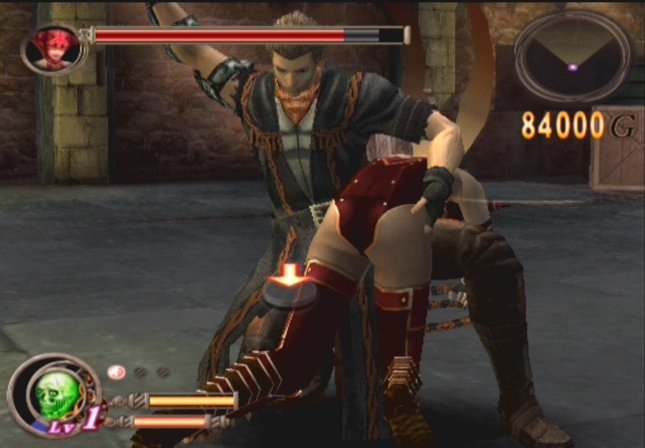
Clover Studio's God Hand is an unusual brawler: its characters, plot, and dialogue are ridiculous; and the controls are unconventional (e.g. dodging is mapped to the right analog stick; there's no block). Odder still is the game's use of a behind-the-back camera, which can obstruct your view.
And yet, God Hand is clearly one of the best PS2 games, because of its marvelous, over-the-top combat. There's literally over a hundred moves in the game, which you can string together into a seemingly endless chain of attacks. You can also map any attack you want into the Square button to make your combos easier to execute.
The rest of the game isn't as easy though, which may be one of the reasons why it didn't sell well in 2006. But make no mistake; while God Hand is notorious for its toughness, it's still fair, because of its difficulty system, which automatically adjusts depending on how much damage you inflict or receive.
God Hand may be a couple of console generations behind, but if you enjoy challenging, sophisticated gameplay, it must not be missed.
-
Robot Alchemic Drive
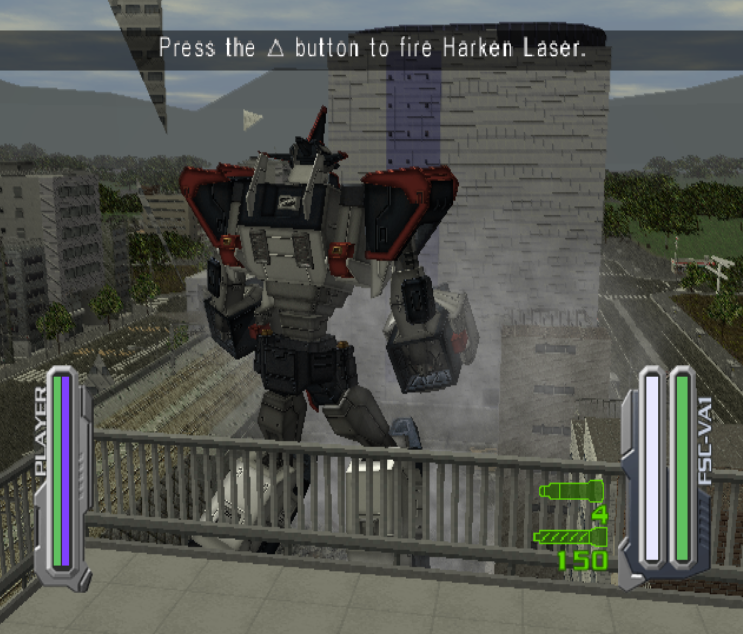
Before Pacific Rim became a thing, the PS2 had Robot Alchemic Drive (or RAD), a 2002 mech game that pays homage to robot anime shows of the 1970s and 80s.
RAD basically mixes giant robots, absurdly large monsters, hilariously bad dialogue, and destructible environments in one mind-blowing game.
RAD is in this list because it's one of the most entertaining mech games ever created. Unfortunately, there's a good chance you haven't heard of it due to lackluster sales.
Instead of thrusting you in a robot's cockpit, RAD lets you switch control between the pilot and robot. When you control one, the other is left vulnerable so you'll have to balance your attention between keeping the pilot safe, looking for a vantage point, and controlling the robot as it fights giant aliens. This mechanic makes RAD tense in many stretches, and rewarding when you survive them.
It gets even better: smashing the face of a 100-foot tall monster with an equally massive robot feels satisfying, thanks to the game's believable sense of weight. When either behemoth reels from an earth-shattering blow, any buildings in the way get utterly demolished.
Do yourself a favor and play RAD on the PS2. It has yet to arrive on the PSN, so look for a physical copy today.
